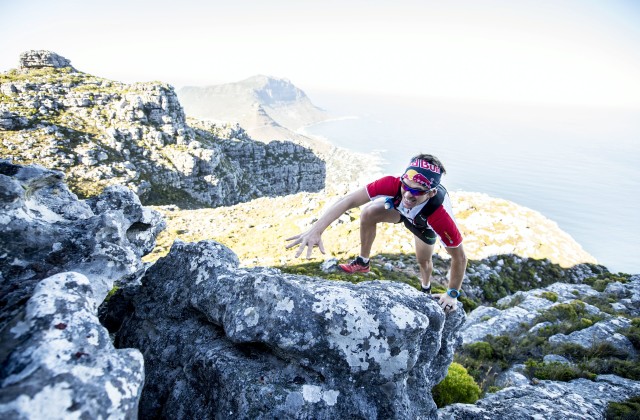The mind is at the core. The mindset we begin with determines the level of our performance. Sometimes to get our mind right we have to change our way of thinking and our preconceptions. One preconception we must overcome is how we think about our weaknesses.
Our Weaknesses
One of the most common myths when it comes to human performance is that to become the best we have to focus on improving our weaknesses. Growth is accelerated when we leverage our strengths instead of overly attending to our weaknesses. That said, we also shouldn’t neglect our weaknesses. We have to be aware of them; sugar-coating our performance does us no good. The trick is to learn to not dwell on our weaknesses, but rather let them give us direction.
How to Record a Weakness
To guide ourselves toward improvement we have to record our weaknesses, but we have to do so carefully.
Guidelines to recording weaknesses:
- Always keep a 3:1 strength to weakness ratio—We want to reinforce our mind with positive intelligence (what works), and to do so we have to overcome the temptation to place more of our attention on our follies over our successes. Record more of your strengths than your weaknesses.
- Word the weakness as an action item. Write what you WILL do to improve—We seem to be programed to think of our weaknesses in an avoidance mentality. We naturally think “don’t do this” or “don’t do that” when we do something wrong. We need to fight against this tendency and ALWAYS word our weaknesses as action items. Instead of writing what you did, write what you WILL do.
- Make your weakness into a plan—Similar to number 2, this guideline fights against our natural tendency to think of our weaknesses as a past event. Instead we need to transform our weakness into a future plan: into something we will do today to improve.
Practice makes permanent. The more we practice evaluating our weaknesses the right way, the more natural it will feel in the future. Our mind is malleable, we can become fearless as we train the mind to change our weaknesses into opportunities for growth.
The Fearless Mind resource center is a critical mental tool for any individual wanting to improve their performance in athletics, business, or personal achievement. Each subscriber gets over 32 individual mental training videos, access to the Mental Strength Journal, the statistics page, and The Zone, a special area with exclusive video content uploaded weekly all for only $20 a month. Click here to sign up The Fearless Mind also offers personal mental strength coaching. To inquire about getting a Fearless Mind coach to work with you personally click here: http://thefearlessmind.com/personal-coaching/

